U3- Architecture throughout the history part 1

THE ORIGINS
(Australopithecus)
At the start persons did not need shelter because of the weather. But then we moved to the north and evolve into HOMO HABILIS.
BETWEEN 1.600.000-200.000 B.C

HOMO ERECTUS
moves from Africa to the north. They knew how to obtain fire and invented the first “homes”. These were found at first in Atapuerca.
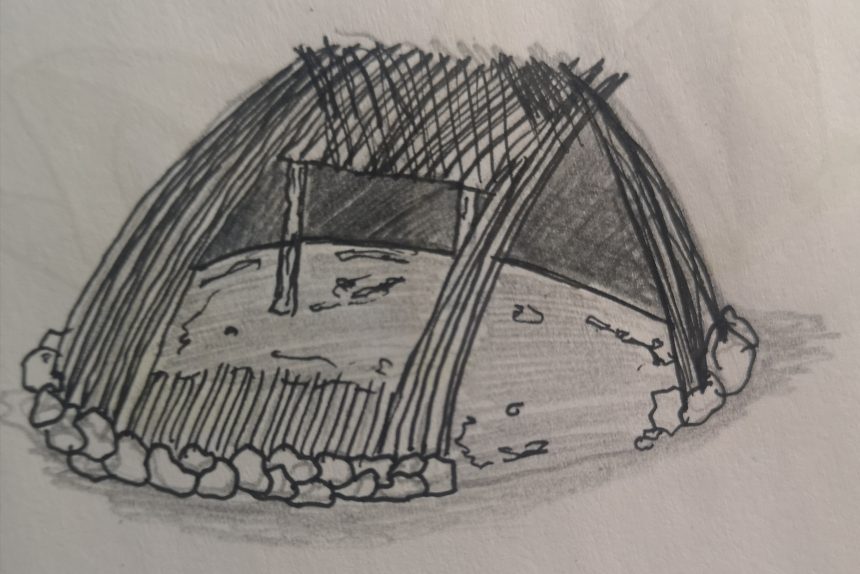
The houses were formed by using several plants from 8-15m long and 4-6m wide. Walls of branches sunk in the sand; they were surrounded by aligned stones. Interior post had to support the roof and the central beam. Each one had a central fireplace.
Following on BETWEEN 100.000-40.000 B.C

HOMO NEANDERTHALENSIS
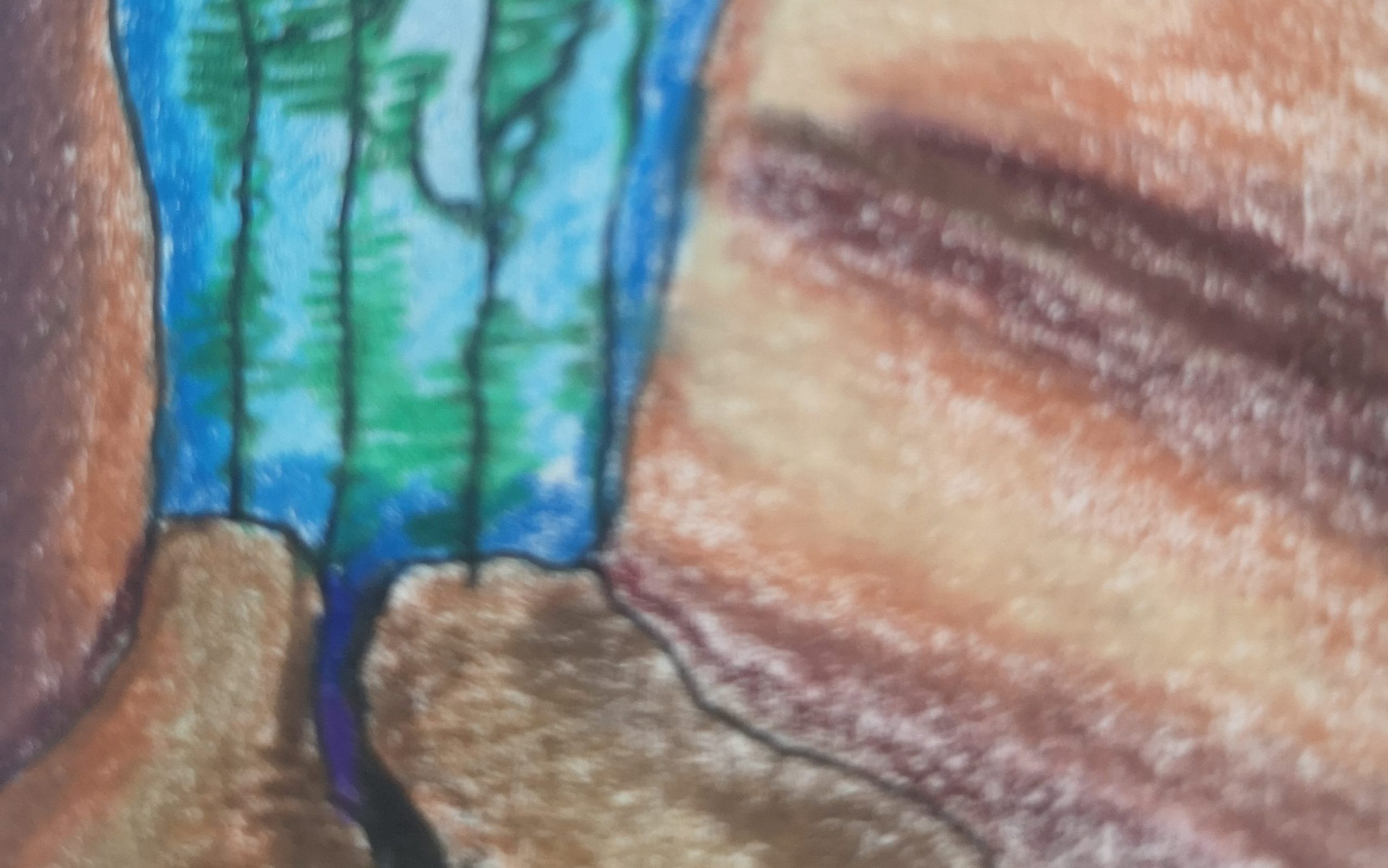
Used Caverns in north Africa, Europe, and the east as shelters. We also Discovered graves surrounded by flowers and branches from these times. So that means they already thought about the continuity of live after death. In some social structures old and sick people where valued.
Afterwards in 40.000 B.C

HOMO SAPIENS

which its intellectual capacity is manifested by the sculptures and cave paintings.
8.000-4.000 B.C
The lived in Dwellings, huts of circular plant and domed form with frame that was covered possibly with skins of animals. And reinforced with bones and skulls of mammoths
Agriculture and sedentary lifestyle where already firmly established. Social style was more complex and different building appeared. The city was protected by a defensive wall. With groups of rectangular houses, separated by some courtyard.
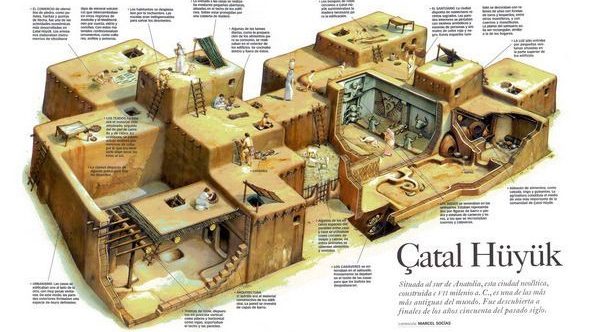
The houses had a first floor and were made by pressed adobe bricks and the wooden roofs were covered with rammed mud on vegetables mats. People came in using a ladder, though a hole o the ceiling.
PROTOHISTORY
There were several important and large cities in a valley between the rivers Tigris and Euphrates. The writing and the pottery where developed too. The architecture was made with adobe or bricks these were the most characteristic buildings of ancient Mesopotamia, Ziggurats.
Ziggurats
Invented the Core of raw, sun-dried adobe brick and a covering of fired brick with a thick mortar of bituminous materials which gave a high resistance. They are temples on artificial platforms, over lopped and stepped with ramps and ascending stairs, imitating the dwelling of the gods.
THE EGYPTIANS
3500 B.C
Egypt develops a civilization around the cycles of the water in the Nile river and the sun, the most important axes for the Egyptians. In which they organize temples, cities, and fields.
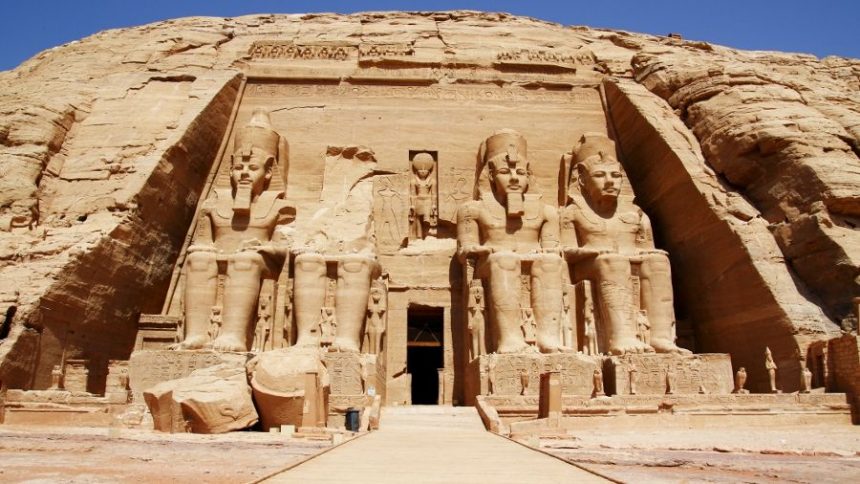
- Temples: most important public building. The house of the gods and had an entrance courtyard, reception room and private chambers. Large masses and monotonous regularity expressed solidity as a symbol of durability, guarantee of safety and unbreak ability.
- Pyramids: replaces adobe brick and tree trunks with limestone masonry. Pyramids where integrated in the temple set, portico with chapels and wall.
THE GREEKS
1200-146 B.C
They learned from the Egyptian architecture. With a value system based on the exaltation of human capabilities, they searched for an equilibrium between vertical and horizontal load-bearing elements.
The aim was to archive excellence in form, detail, and execution
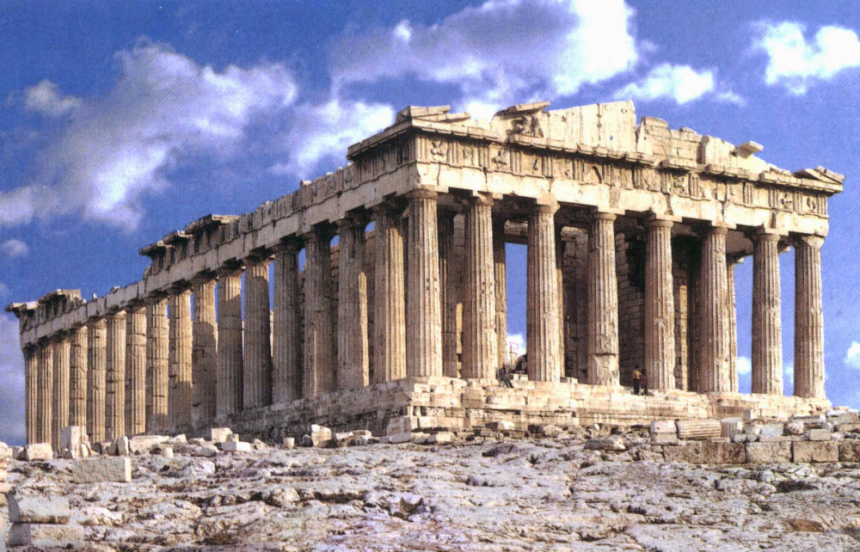
- Polis: it included the city and surroundings forms. It is a grid-based plot in which buildings are organized by zones and related functions. The agora was the centre of the Greek community, where the affairs of the polis were traded and discussed.
- Temple: dedicated to the divinity inside was a very simple closed space. The initial basic form was a wooden structure. The façade deserved maximum artistic attention.
- Theatre and stadium: were the largest open-air buildings. Not only made for entertainment, usually located on the slopes of a hill. They had excellent acoustics and great capacity.
- Houses: they were simple, with a central courtyard or peristyle, around were located the rooms.
ROMAINS
1100 B.C they settle in the Italian peninsula around these years. Roman architecture is the architecture of the interior closes space, but also of the exterior space on a grandiose scale, with the discovery of concrete.
They did great engineering works. They didn´t follow constructive ideals but stability, functionality, and magnificence.

- Civil works
- Public building: thermal baths, roman theatres, circus, basilica, amphitheatres…
- Religious buildings
- The domus
- The insulae
- Cities: they had an orthogonal planning, derived from the campus. in the heart of the city was the forum the basilica was one of the main buildings of the forum
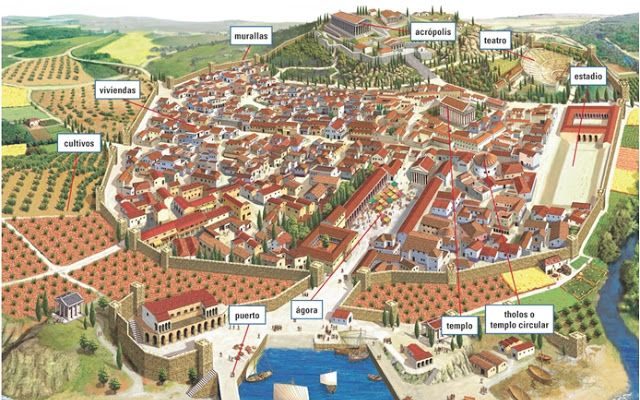
And after all these magnificent styles that are studied nowadays still, we come to the:
MIDDLE AGES
From the 2nd century ad onwards, the roman empire disintegrated. The construction of roman public buildings paralyzed in the 13th century ad. What was left from the romans became Christianised. The new Christian empire was established in the east
The classical language of architecture developed from the architecture of Greece and Rome. It vanished between the 5th and the 15th centuries in the middle ages, but it continued in later stages from the renaissance to the modern ages.
